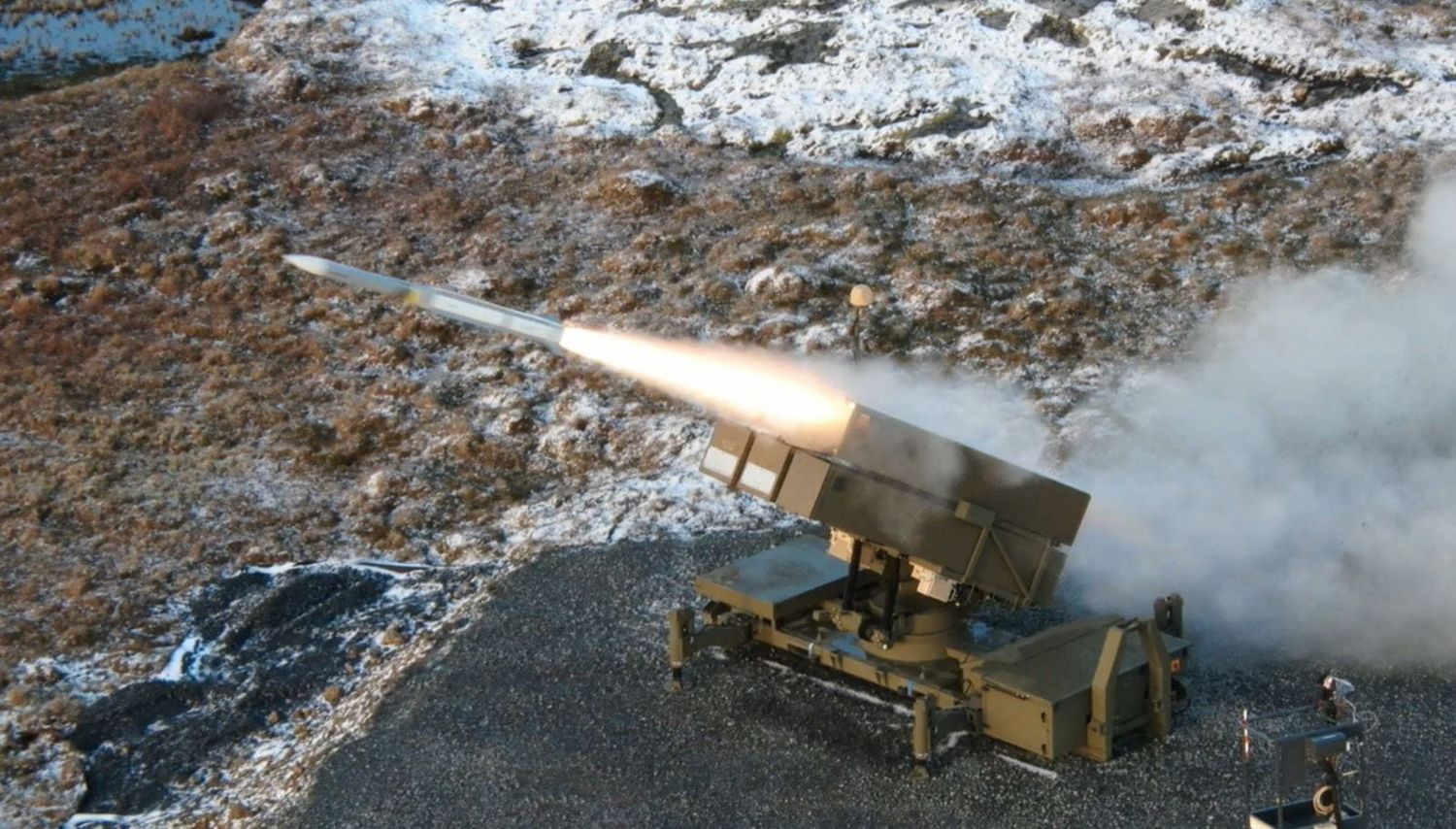Air Defense: NASAMS fired three types of missiles for the first time
In an experimental air defense exercise of an allied airfield, the NASAMS Air Defense System, fired AIM-9X, ARMAAM and AMRAAM-ER missiles for the first time.
The experiment was conducted by Raytheon, Kongsberg and the U.S. Air Force Research Laboratory’s Strategic Development Planning and Experimentation (SDPE) office, to determine the system’s ability to defend an airbase from cruise missile attack at different ranges.
“We demonstrated how integrated defense solutions enable the warfighter to deploy the right effector at the right time and at the right target,” said Wes Kremer, president of Raytheon Missiles & Defense. “Using fielded systems, our goal is to provide customers the quickest, most effective way to protect their people and critical infrastructure with layered cruise missile defense.”
Raytheon reported that this complex experiment assessed NASAMS’ operational ability to fire the three missile variants when integrated with U.S. Army radars and U.S. Air Force’s operationally fielded command and control capability, the Battle Space Command and Control Center, or BC3, developed by Raytheon Solipsys. During the demonstration, the radar first passed targeting information to BC3, then BC3 relayed key data to the KDA Fire Distribution Center for threat evaluation and weapon assignment. The operator in the FDC used that information to close the kill chain by selecting and firing the most effective missile from the NASAMS multi-missile canister launcher.
“Our intent was to inform strategic investment decisions through the evaluation of low-cost, high technology readiness level capabilities that could provide near term air base air defense capability,” said Jim Simonds, SDPE experiment program manager, U.S. Air Force. “This layered defense solution can provide immediate defensive capability at a fraction of the price of currently fielded systems.”
“This experiment demonstrates NASAMS’ flexibility, providing the operator with enhanced firing alternatives to successfully execute complex threat scenarios employing a range of missiles,” said Eirik Lie, president of Kongsberg Defence & Aerospace.
The NASAMS air defense system, jointly developed between Kongsberg and Raytheon, is capable of intercepting different types of air targets at short and medium ranges, using different types of missiles.
See also: More NASAMS air defense systems for Ukraine
Eight NASAMS batteries were delivered to Ukraine as part of U.S. military aid packages, which will enable interception of Russian aircraft flying at medium altitudes and substantially improve the effectiveness of air-defense against its cruise missiles.



Comentarios
Para comentar, debés estar registrado
Por favor, iniciá sesión